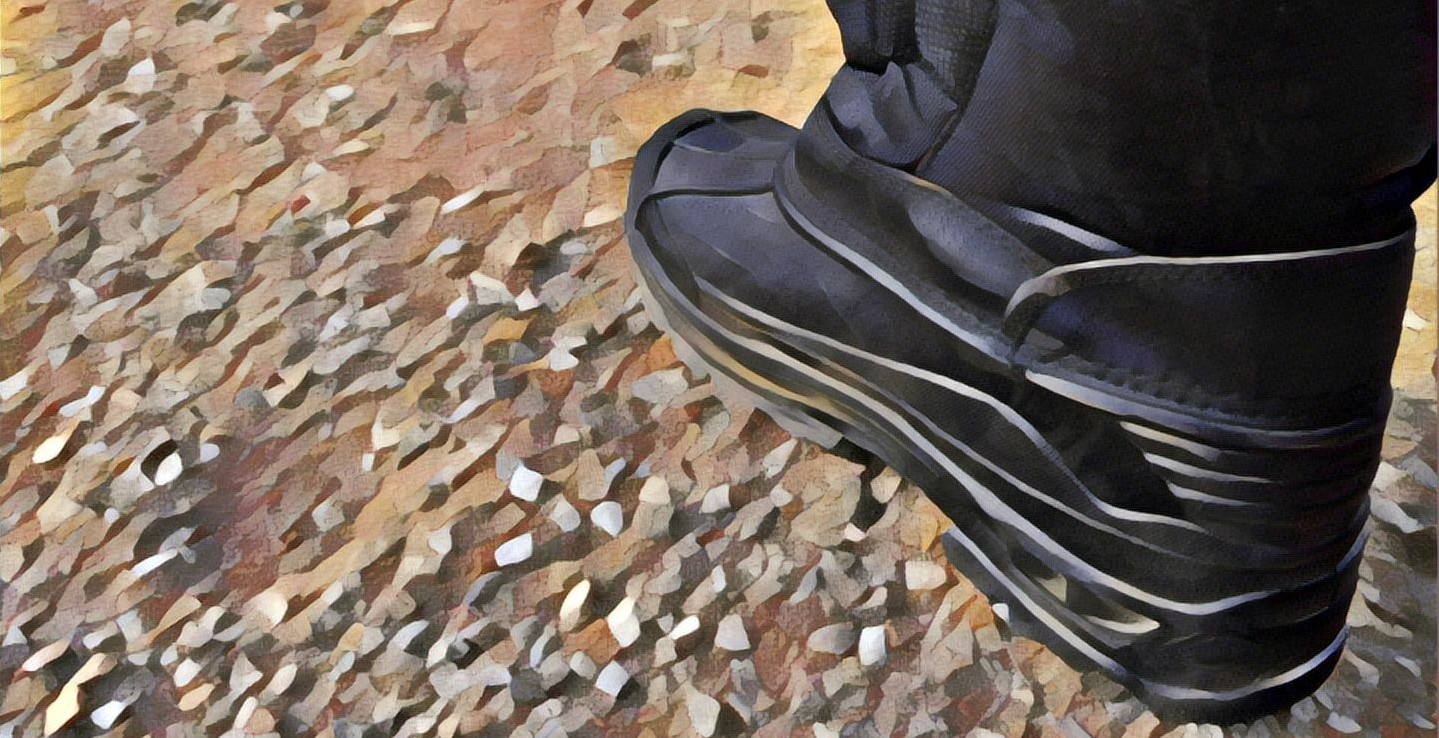“As early as May 5, 2018, NASA is set to launch Mars InSight, the very first mission to study the deep interior of Mars. We’ve been roaming the surface of Mars for a while now, but when InSight lands on Nov. 26, 2018, we’re going in.”
Space Debris
At some point, we’re going to have to clean up a bit. In the meantime, Amber Yang is tracking orbital debris.
https://www.vox.com/videos/2018/4/25/17279414/19-year-old-space-debris-ai-solution-seer-tracking
Image: Vox
Off the table?
Well, somebody’s going to go to Mars. Just maybe not NASA.
“In its first 16 months, the Trump administration has reset NASA’s goals toward exploring the Moon and is planning significant investments in a “Gateway” in lunar orbit to serve both as a station for humans to live in deep space and as a way station for vehicles to cycle between the Moon’s surface and orbit.
“The simple answer is that space exploration is not a priority for this administration in spite of the rhetoric,” Grunsfeld said. “Mars is off the table as far as I can tell. The Gateway is the asteroid mission without the asteroid and is primarily to give the aerospace contractors something to do for the next decade while we wait for some real leadership.””
3D printing
With all the flashy transport-related progress from SpaceX and ULA and Blue Origin and NASA, it’s easy to miss the small developments that are just as important to our eventual habitation of Mars.
3D printing will be key to the development of colonies on Mars. From tools and parts to buildings and skateboards, colonists will create much of their world from scratch, eventually even producing their own plastics as the raw material.
““Once Nasa approved the wrench, we sent the file to the printer – essentially we emailed it to space and hit print,” says Jason Dunn, Made In Space’s co-founder and chief technology officer, sitting across the table in a conference room at the company’s headquarters in Moffett Field, Santa Clara County. “I get goosebumps every time I think about that story.”
For Dunn, that wrench is symbolic of an entirely new frontier in space exploration, one in which his eight-year-old company is a pioneer: manufacturing items in space, rather than relying only on those objects you can find room to pack on a rocket from Earth.”
Space war
I don’t intend Generation Mars to be a dystopian saga. That doesn’t suit the target age range and, even if it did, there are too many of those around already. So I don’t see armed interplanetary conflict as part of the series. However, it is interesting to think about the physics of such conflict in space and just how wrong most sci-fi movies get it. And there is a lot to be learned from such thought experiments. The discussion of heat transfer in this video is a good example.
https://www.facebook.com/Nerdist/videos/1909008429409923/?hc_ref=ARSUXPh4WM3PMyLE-5WdBBQkAdlioRmU8UAzKi1S5gfVaPr5RyKQEtl-I3N1o2PAXjo
Space mining
Here’s an interesting paper on the political and economic future of space mining. It begins with a survey of the current state of affairs. This alone is worth reading. There’s a lot going on! It then details a simulation exercise used to explore the ramifications of space mining for the Earth economy. Finally, it analyzes the insights gained from the simulation.
The focus is on mining of near-Earth asteroids with Earth-return of materials, but the issues discussed are certainly relevant to the development of colonies on Mars.
BFR in California
“The rocket company has already begun to move hardware into temporary facilities at the site, including a tooling that will be used to make carbon-fiber composites for the rocket’s upper stage, also known as the Big Falcon Spaceship. SpaceX intends to manufacture the BFR components beside the water for easy shipping to test sites and launch pads.”
Deimos
Deimos is tiny and weird. We have surprisingly little good imagery of it. Here’s a new composite from old sources. No sign of baobabs.
Beyond dollars and cents
“He noted that space exploration had a benefit beyond dollars and cents, and pointed to the example of his own children. Muilenburg said his daughter was thrilled to try on a Boeing Starliner spacesuit during a recent family visit to Florida, while his son was entranced by the work being done on SLS.
“The inspiration quotient is very high,” Muilenburg said.”
Scratching the Surface
Scratching the Surface, Generation Mars: Book One, is an illustrated chapter book. Told through the eyes of two sisters, it describes the emergence, literally and figuratively, of this first generation of kids born on Mars. The colonists live underground as protection against the solar and cosmic radiation that reaches the surface of Mars. The kids have never been to the surface. The inside of the colony is all they know. And then they get their chance to step outside.
Coming soon…



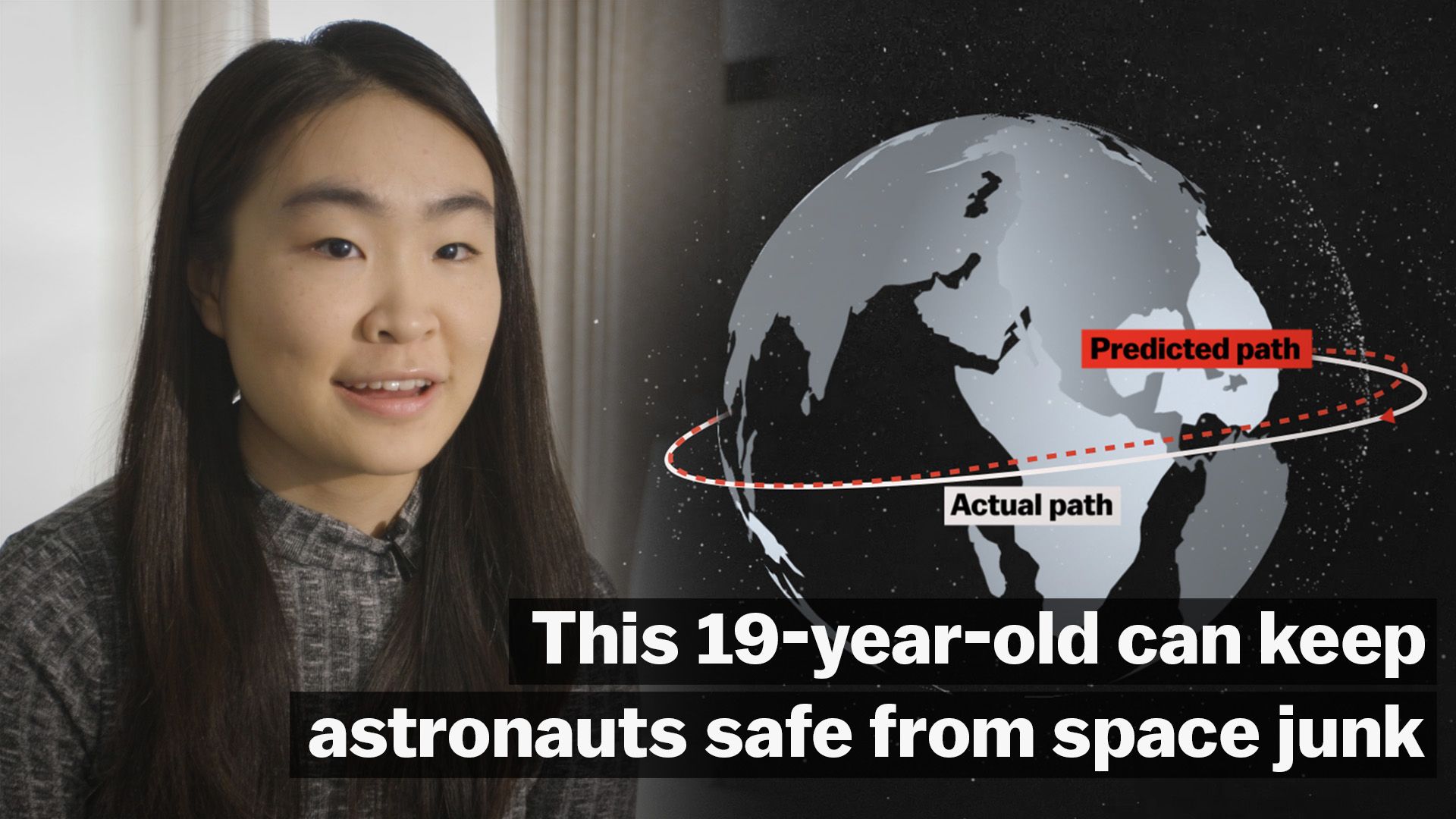

 Ars Technica
Ars Technica 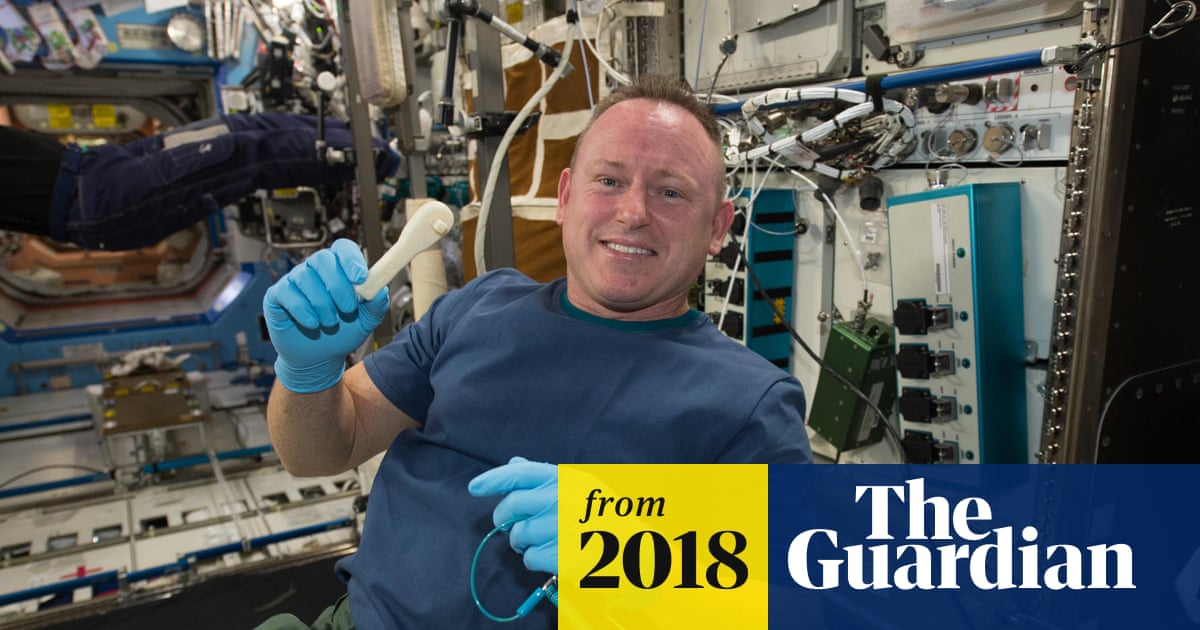
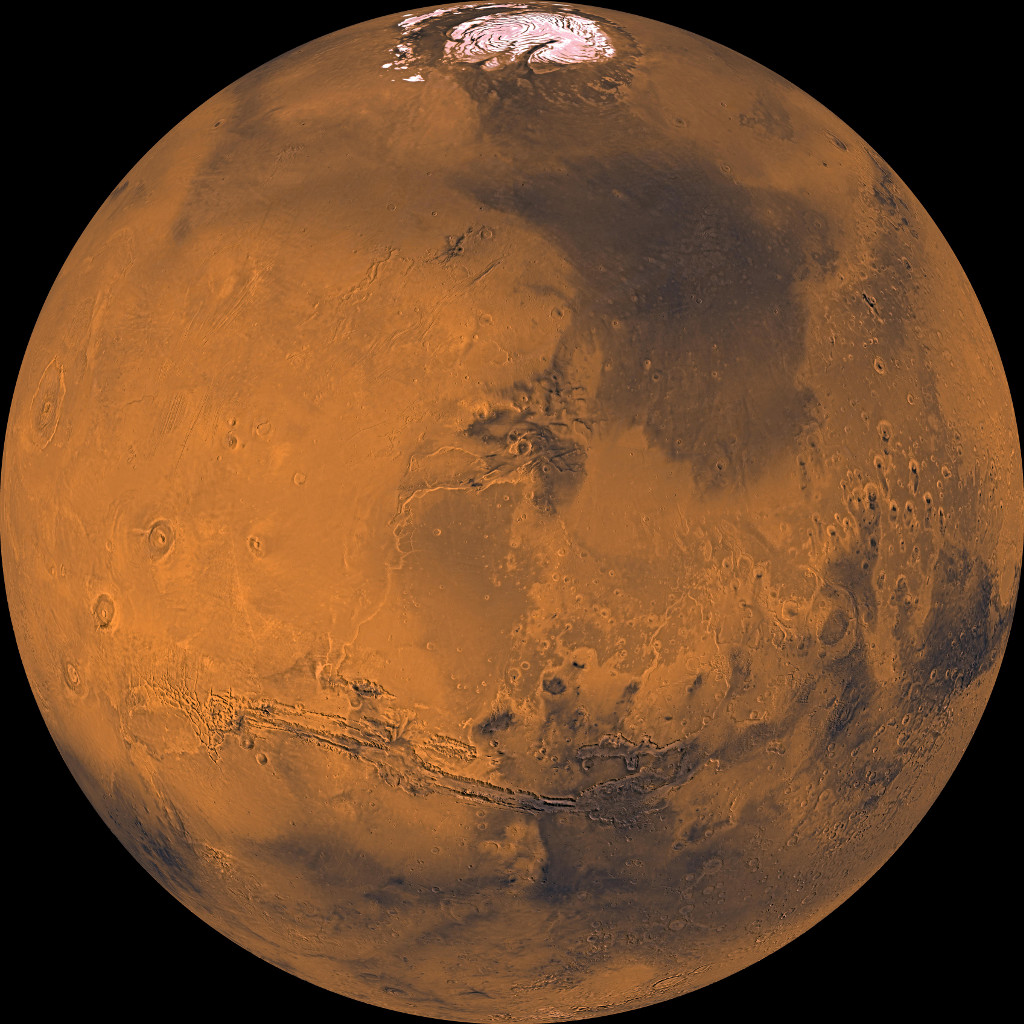
 www.sciencedirect.com
www.sciencedirect.com 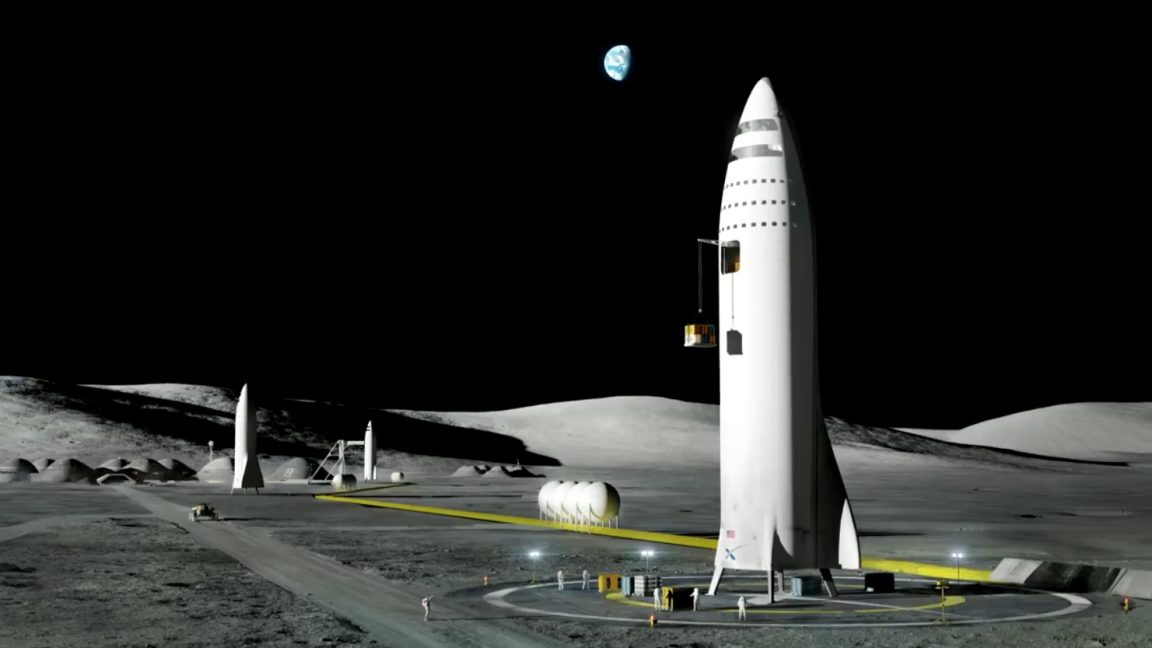
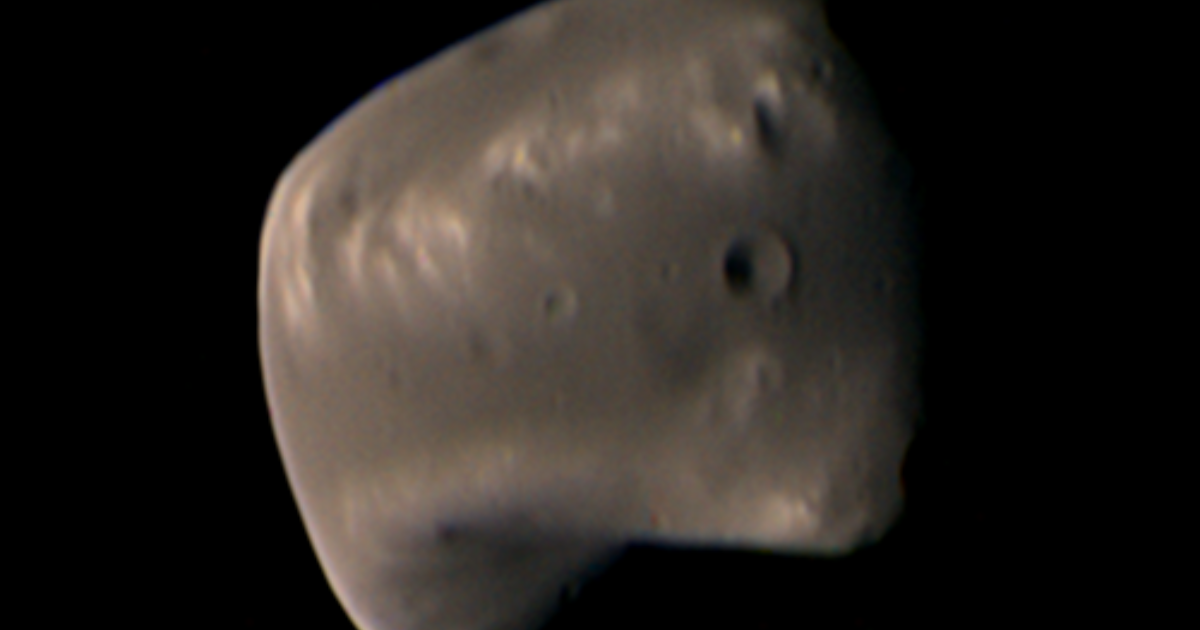
 The Planetary Society
The Planetary Society 